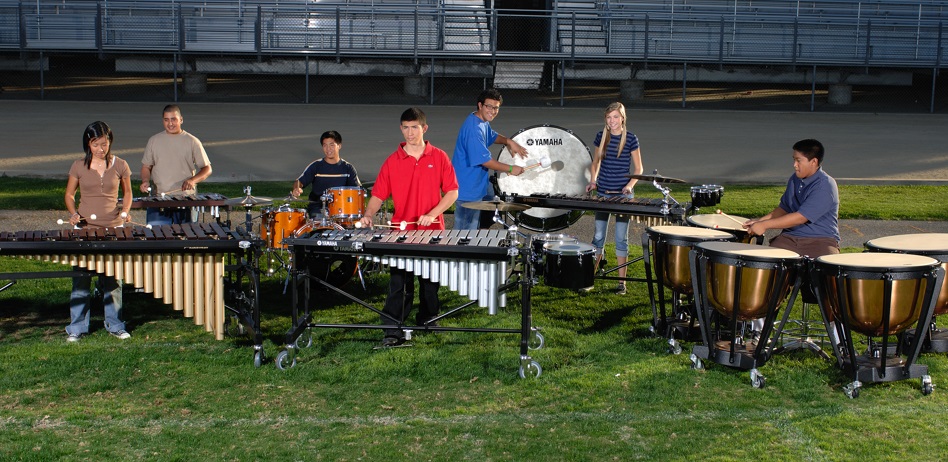Pablo Rieppi and the Art of Practicing
Find creativity and comfort in practice.
In the blog post, Pablo Rieppi’s Passion for Percussion, we learned of Rieppi’s nearly nonstop practicing regimen through his college days. To keep daily practice from becoming tedious, Rieppi recommends the following:
Emphasize Creativity
For Rieppi, the joy of practicing comes with finding the creativity in your part. To bring out that creativity, Rieppi has written solo snare drum accompaniments for students to use during practice. Although snare drums have no pitch, “you still have to pretend you’re playing with someone who’s playing melodies and harmonies, so that comes out in your phrasing or tone color, articulation or dynamics,” he says. “I wrote these accompaniments for solo snare drum [to help] students practice creatively with pieces that can get mundane.”
Here are books Rieppi has written to help snare drummers:
-
- Rhythmic Roots: This book offers snare drum rudiments with accompaniments for bass drum and hi hat. According to Rieppi, the book is filled with pieces that “explore the relationship between the lower and upper limbs while using material from various musical roots.”
- Accompaniment Music for Solo Snare Drum, Vol. 1: Rieppi recommends using this book along with Douze Etudes Pour Caisse-Claire by Jacques Delecluse. “These tracks are all original melodic and harmonic material meant to inspire music making and ease in performance,” he says.
- Snare Drum Technique — Essential Exercises for Daily Practice: Rieppi recommends this as a method book. In 2015, it was named one of the 30 most utilized snare drum method books by Percussive Notes.
Keep a Practice Journal
When students become frustrated with practicing, a good educator helps them break down the aspects of practicing that are giving them trouble. Rieppi tells his students to reflect on the process of practicing by writing down their thoughts, feelings and ideas in a practice journal. “If they’re having trouble with a piece, I want them to think about the areas causing them difficulty,” he says. “How does it feel in your fingertips? Your gut? Your back? Is it uncomfortable? Why? Find ways to make it comfortable. You have to help them unravel the way they think.”
This article originally appeared in the 2018 V3 issue of Yamaha SupportED. To see more back issues, find out about Yamaha resources for music educators, or sign up to be notified when the next issue is available, click here.
















